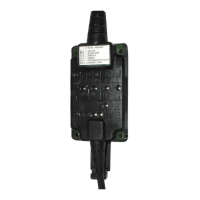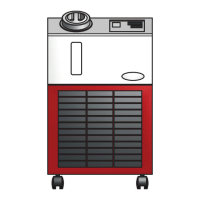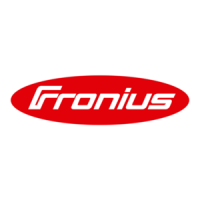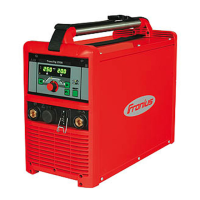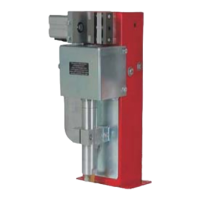2.
Welding power-leads
-
must be kept as short as possible
-
must be laid close together (to avoid EMF problems)
-
must be kept well apart from other leads
3.
Equipotential bonding
4.
Earthing of the workpiece
-
If necessary, establish an earth connection using suitable capacitors.
5.
Shield, if necessary
-
Shield other devices nearby
-
Shield the entire welding installation
Specific hazards Keep hands, hair, clothing and tools away from moving parts. For example:
-
Fans
-
Cogs
-
Rollers
-
Shafts
-
Wirespools and welding wires
Do not reach into the rotating cogs of the wire drive or into rotating drive com-
ponents.
Covers and side panels may only be opened/removed while maintenance or repair
work is being carried out.
During operation
-
Ensure that all covers are closed and all side panels are fitted properly.
-
Keep all covers and side panels closed.
The welding wire emerging from the welding torch poses a high risk of injury
(piercing of the hand, injuries to the face and eyes, etc.).
Therefore, always keep the welding torch away from the body (devices with wire-
feeder) and wear suitable protective goggles.
Never touch the workpiece during or after welding - risk of burns.
Slag can jump off cooling workpieces. The specified protective equipment must
therefore also be worn when reworking workpieces, and steps must be taken to
ensure that other people are also adequately protected.
Welding torches and other parts with a high operating temperature must be allo-
wed to cool down before handling.
Special provisions apply in areas at risk of fire or explosion
- observe relevant national and international regulations.
Power sources for work in areas with increased electric risk (e.g. near boilers)
must carry the "Safety" sign. However, the power source must not be located in
such areas.
Risk of scalding from escaping coolant. Switch off cooling unit before disconnec-
ting coolant flow or return lines.
Observe the information on the coolant safety data sheet when handling coolant.
The coolant safety data sheet may be obtained from your service centre or down-
loaded from the manufacturer's website.
Use only suitable load-carrying equipment supplied by the manufacturer when
transporting devices by crane.
40
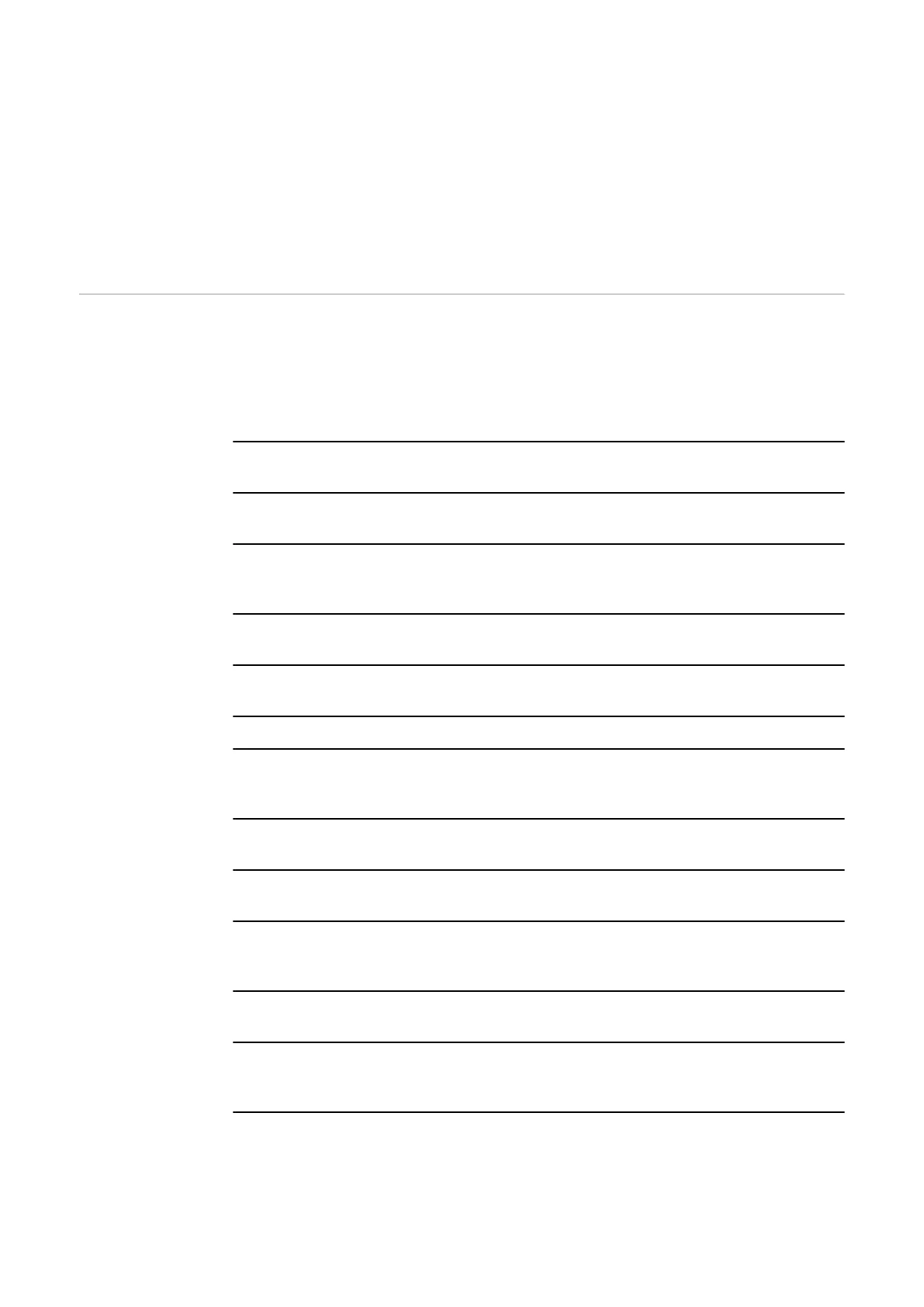